Air Conditioning & Heat Pump
Repairs, Replacements & Installs
We Don't Just Sell You The Best Bryant AC & Heat Pump System, We Stand Behind It! We also Service and Repair Carrier!
We are not your everyday Air Conditioning Service Company.
Located in Elgin, Texas, J Mechanical AC Services specialize in complete Bryant Heating & Cooling System replacements, repairs and hvac duct work installations. We fully service Carrier equipment year round!
As the Owners of J Mechanical Air Conditioning Services, my Father and I test each an every system to ensure proper operation & the longevity of your Bryant or Carrier HVAC equipments lifespan!
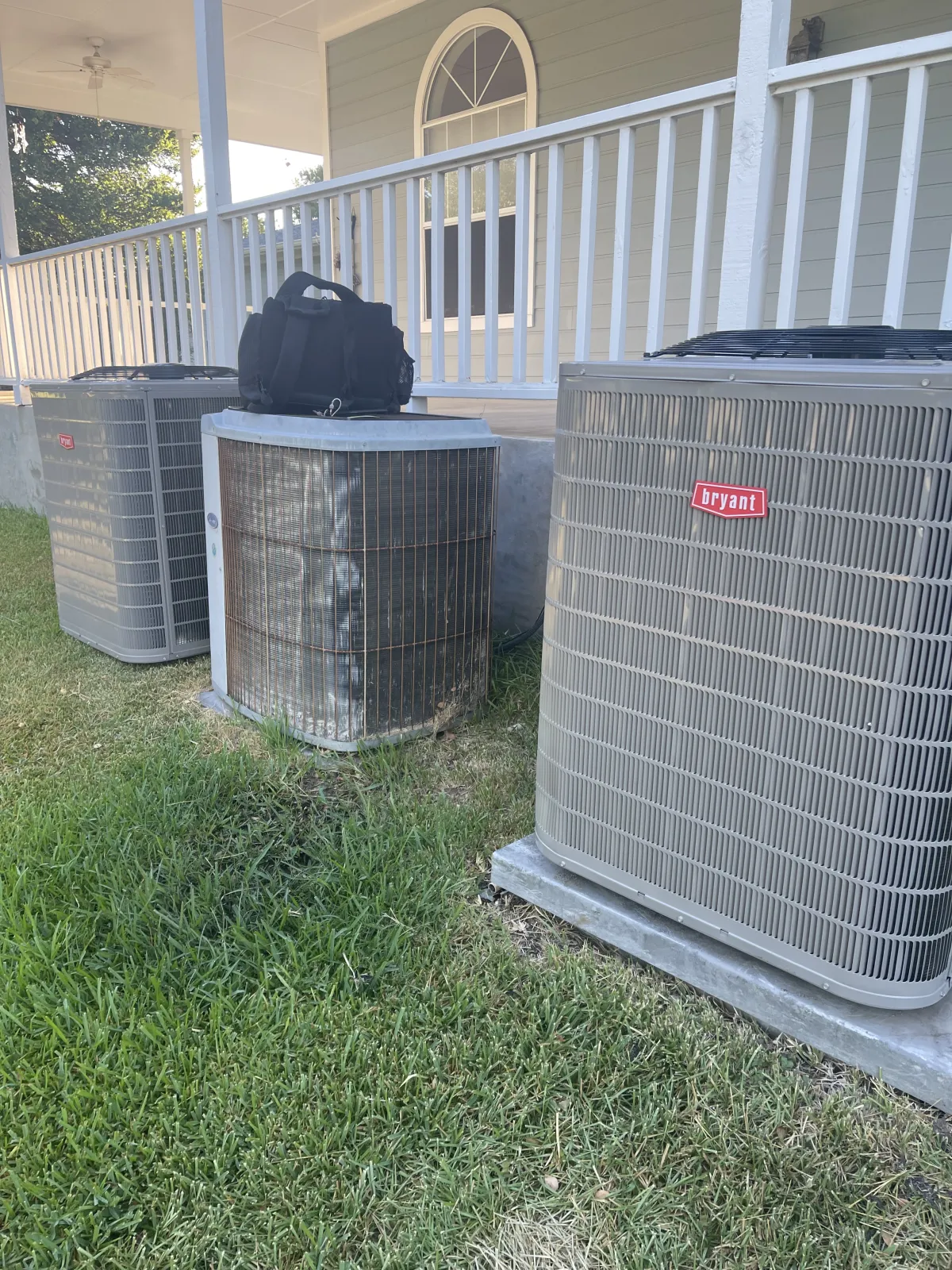
What To Expect When Replacing Your Bryant Air Conditioning or Heat Pump System?
Are you in the market for The Best Bryant AC heating and cooling system? We have the perfect Bryant AC and Heat Pump system for you! J Mechanical Air Conditioning Services LLC, in partnership with Bryant Heating and Cooling Systems, our systems provide superior humidity, heating and cooling control. We will also fully service your Carrier equipment!
J Mechanical AC Services extensive knowledge of commercial air duct installations means that we deliver the same quality of air distribution to your home as you would find in a commercial setting. You’ll appreciate our attention to detail and commitment to quality – J Mechanical AC Services have over 50 years of combined experience in the industry installing Bryant AC Systems and servicing Carrier Equipment! You can trust us to install or build your new Bryant system perfectly. Contact J Mechanical AC Services today for a free consultation or to service your Carrier system!
Health Effects
In hot weather, air conditioning can prevent heat stroke, dehydration from excessive perspiration, and other problems related to hyperthermia. Heat waves are the most lethal type of weather phenomenon in the United States.
Air conditioning (including filtration, humidification, cooling and disinfection) can be used to provide a clean, safe, hypoallergenic atmosphere in hospital operating rooms and other environments where proper atmosphere is critical to patient safety and well-being. It is sometimes recommended for home use by people with allergies, especially mold.

Carrier & Bryant Air Conditioning & Heat Pump
Repairs, Replacements & Installs
We Don't Just Sell You The Best Bryant AC & Heat Pump System, We Stand Behind It! We are not your everyday Air Conditioning Company.
Located in Elgin, Texas, We specialize in complete Bryant Heating & Cooling System replacements, repairs and new installs.
As the Owners of J Mechanical Air Conditioning Services, my Father and I test each an every system to ensure proper operation & the longevity of your HVAC equipments lifespan!
Are you in the market for The Best AC heating and cooling system? We have the perfect AC and Heat Pump system for you! J Mechanical Air Conditioning Services LLC, in partnership with Bryant Heating and Cooling Systems, our systems provide superior humidity, heating and cooling control.
Our extensive knowledge of commercial duct systems means that we deliver the same quality to your home as you would find in a commercial setting. You’ll appreciate our attention to detail and commitment to quality – we have over 50 years of combined experience in the industry! You can trust us to install or build your new system
perfectly. Contact us today for a free consultation!
Health Effects
In hot weather, air conditioning can prevent heat stroke, dehydration from excessive perspiration, and other problems related to hyperthermia. Heat waves are the most lethal type of weather phenomenon in the United States.
Air conditioning (including filtration, humidification, cooling and disinfection) can be used to provide a clean, safe, hypoallergenic atmosphere in hospital operating rooms and other environments where proper atmosphere is critical to patient safety and well-being. It is sometimes recommended for home use by people with allergies, especially mold.
What To Expect When Replacing Your Air Conditioning or Heat Pump System?
Recent Repairs
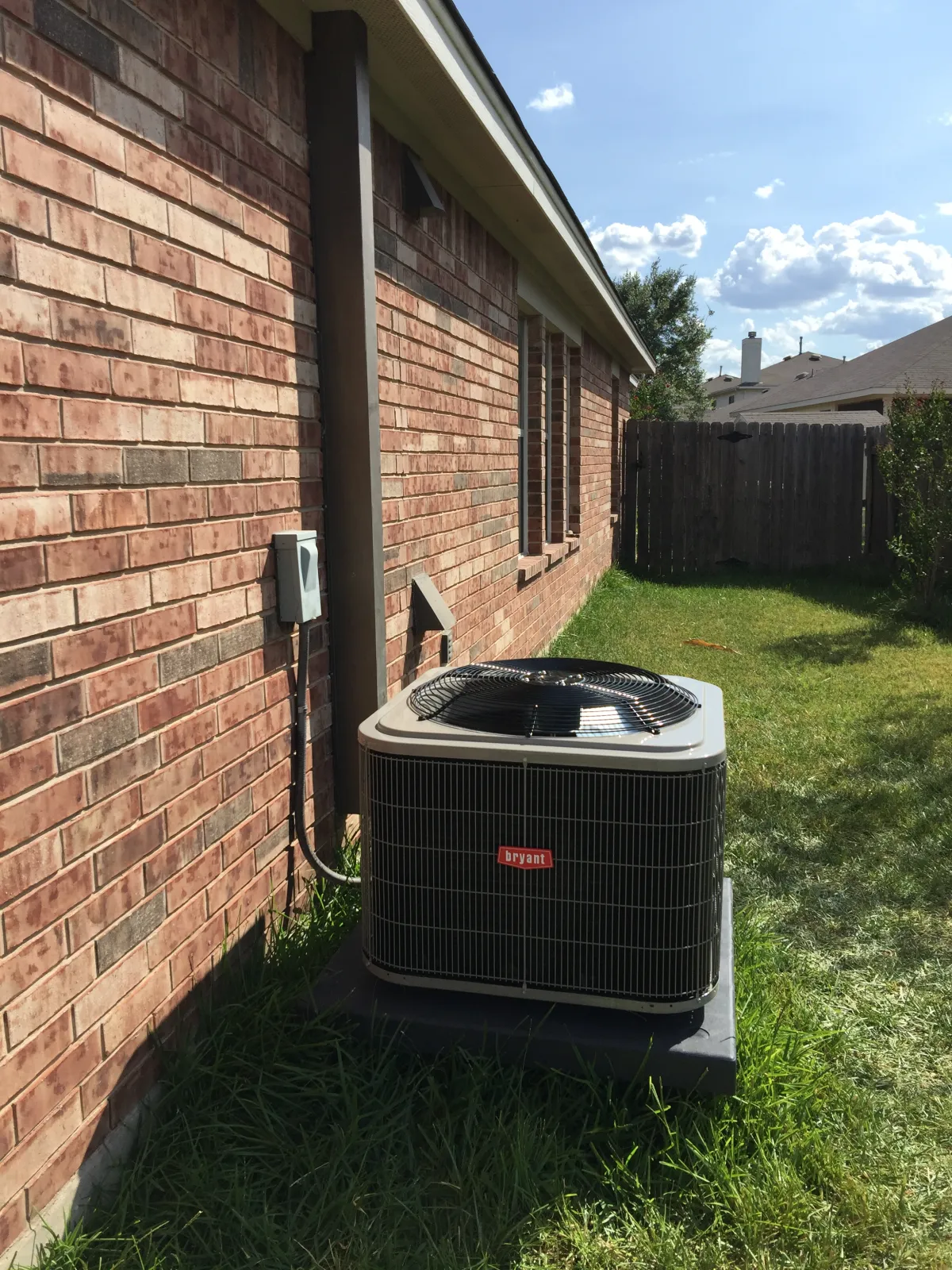
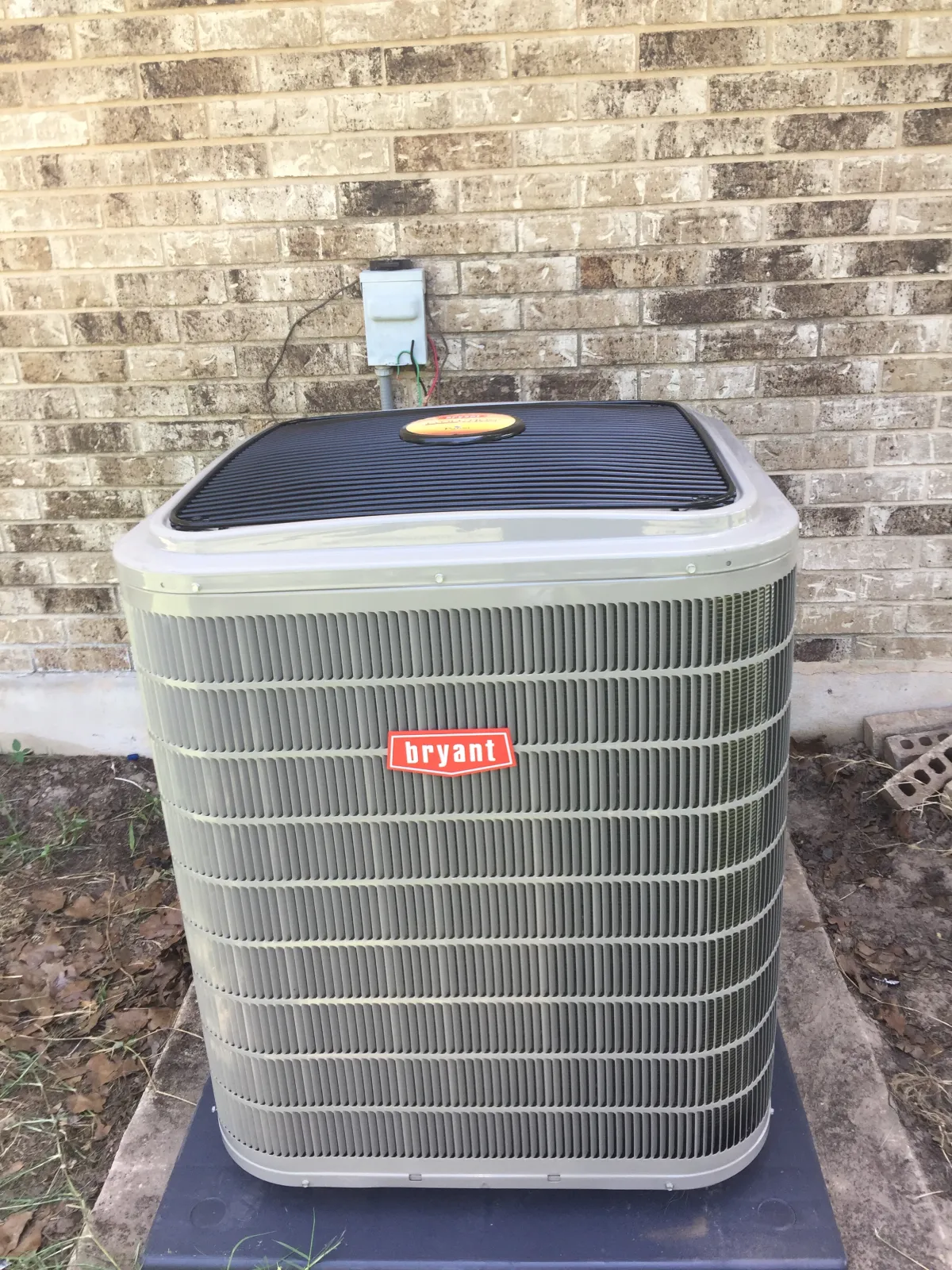
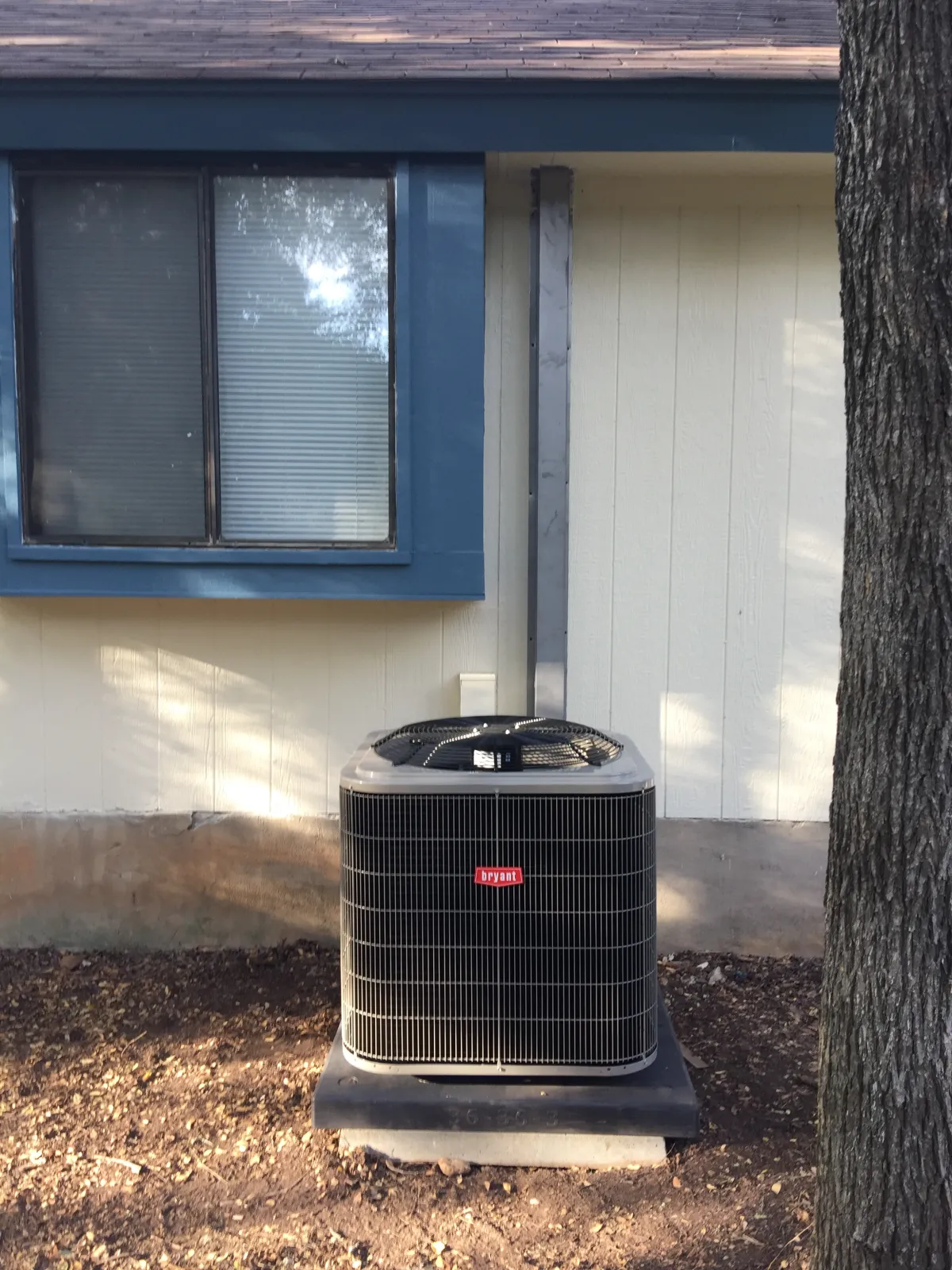
Recent Bryant & Carrier Services

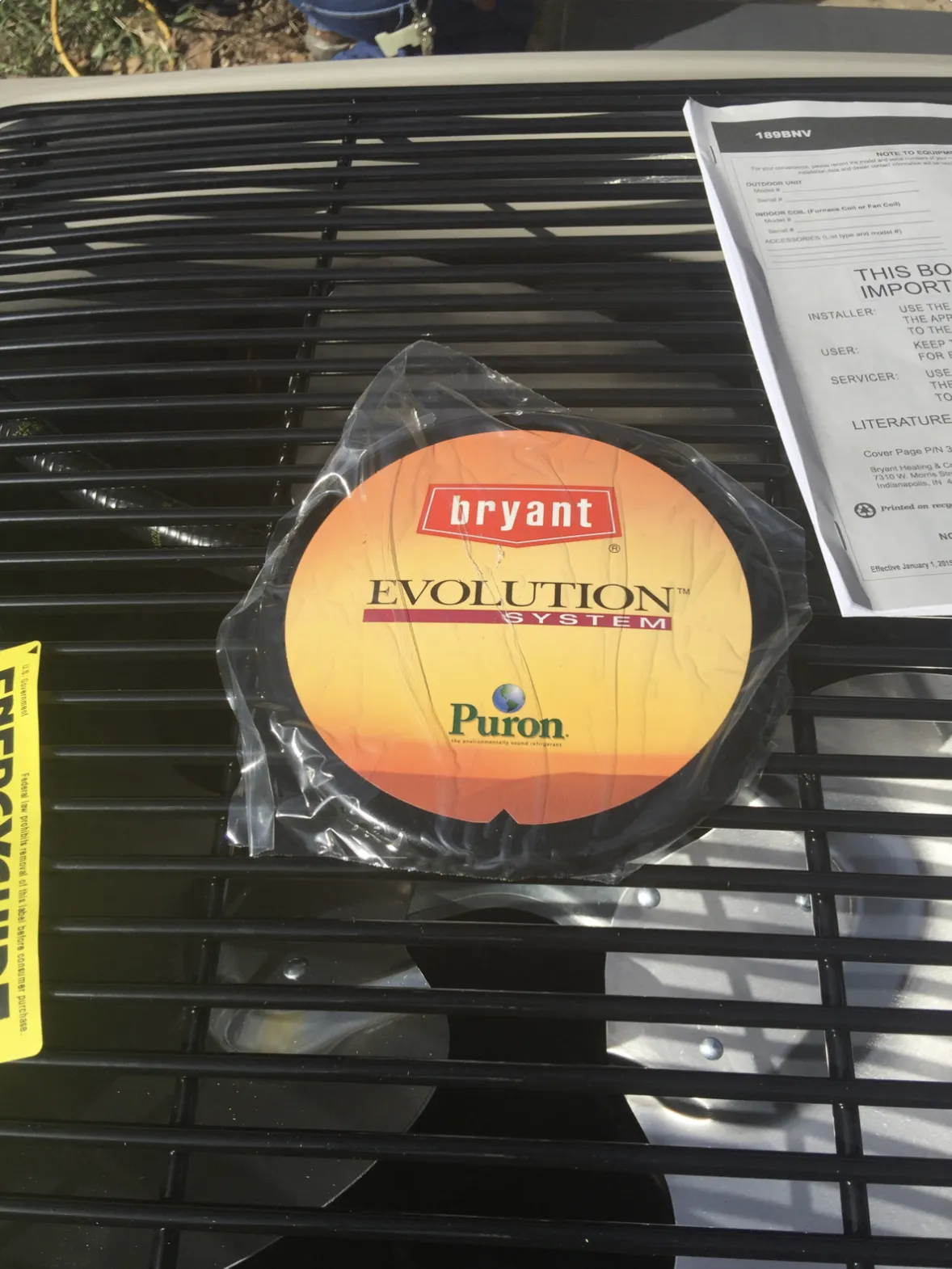

The Process Of Replacing Your Bryant or Carrier AC & Heating System
Step 1
Take Photos With Your Phone if you can, and submit your information over!!
Step 2
Once received, J Mechanical AC Services will work on a quote and be in touch right away!! If we need more information, we will be in contact.
How Bryant & Carrier Repairs Works
The process of replacing an old Bryant or Carrier air conditioning and heating system with a new Bryant or Carrier one is not as simple as just uninstalling the old Bryant or Carrier unit and installing the new Bryant or Carrier Unit. In fact, the process can take up to a full day, depending on the condition of the existing Bryant or Carrier unit and the complexity of the installation.
When J Mechanical Ac Services arrives on site, the first thing we do is remove all the old, existing parts of the Bryant or Carrier unit in a clean and formal manner, without leaving any signs of demolition or construction. We then professionally install the new Bryant or Carrier equipment according to city compliance codes and start it up to check for proper operation before leaving your residence.
You can feel safe and secure knowing that when J Mechanical Air Conditioning Services leave, you will have superior humidity, heating, and cooling control for years to come with the best Bryant or Carrier AC System. So if you're in need of a new Bryant or Carrier AC or heating system, don't hesitate to give J Mechanical Air Conditioning Services a call! We'll be happy to help.
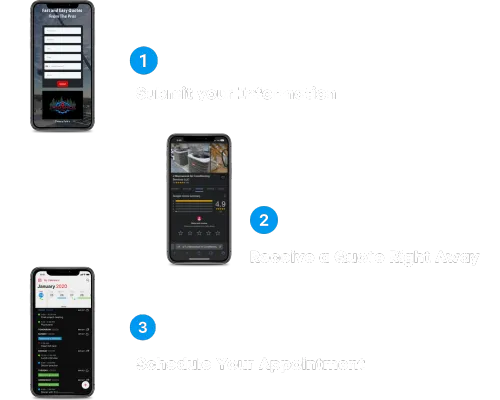

Cost of Bryant & Carrier Air Conditioning Replacements
The Industry has been effected by many obstacles in the past couple years. J Mechanical Air Conditioning Services have strived to keep our prices down, to help the everyday, average person to afford efficient cooling an heating in their homes with quality products from Bryant and Carrier systems. We will continue to provide quality Bryant and Carrier installs, imbedded with unsurpassed craftsmanship that can only be obtained with 50+ combined years of experience and dedication to our customers.
The cost of Bryant & Carrier air conditioning replacements can vary depending on the type of system you have and the size of your unit. However, J Mechanical Air Conditioning Services offers competitive pricing and will work with you to find a solution that fits your budget. We understand the importance of having a functional and efficient Bryant or Carrier AC or Heat Pump System, so we will do everything we can to ensure that you are satisfied with our services.
Located in
~ Contact J Mechanical AC Services today to learn more about our Bryant and Carrier heating And Cooling Systems cost options.
Thank you for choosing J Mechanical AC Services!
J Mechanical Air Conditioning Services LLC Specializes In Bryant & Carrier AC Systems
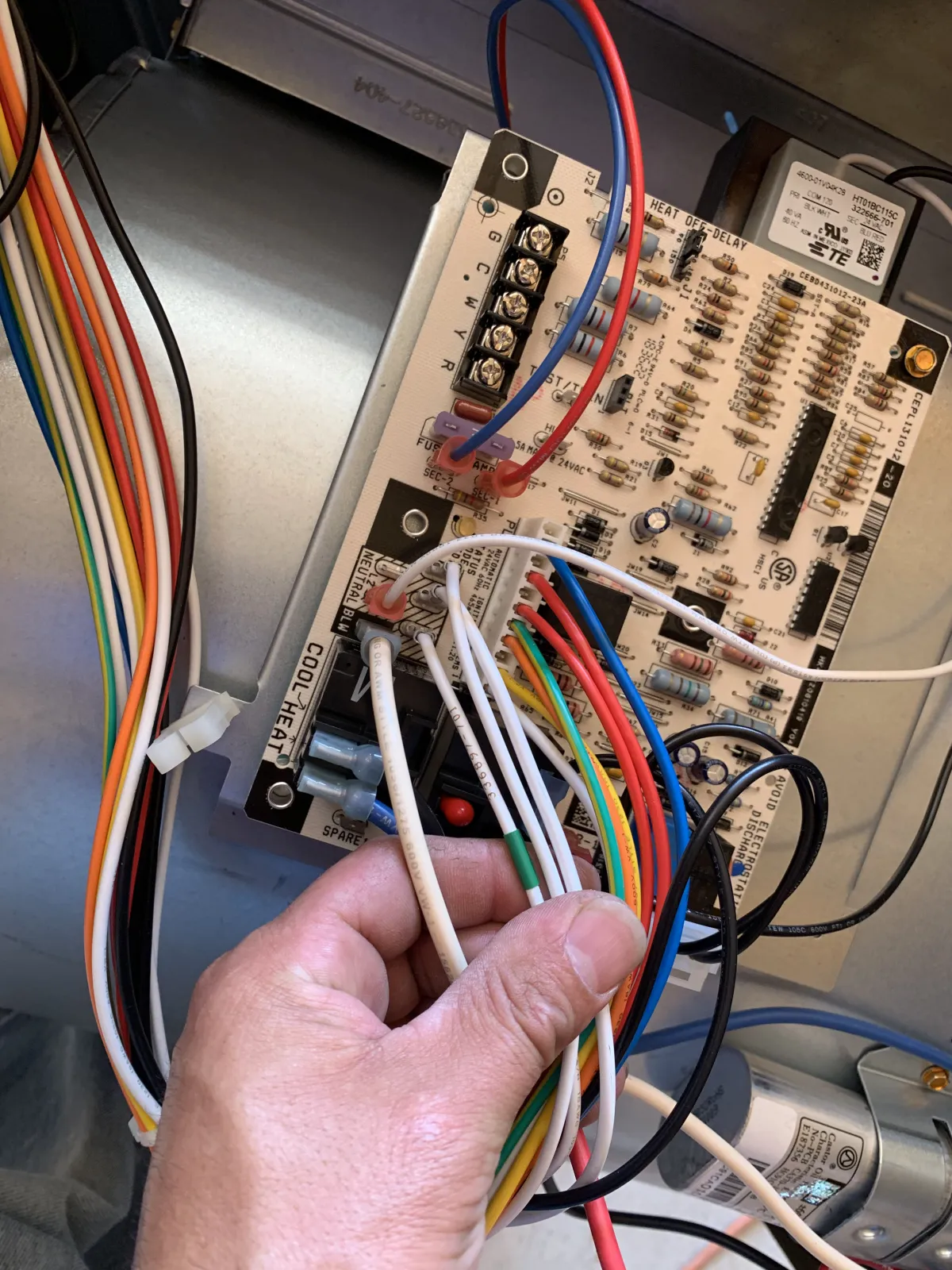
Repairs

Replacements
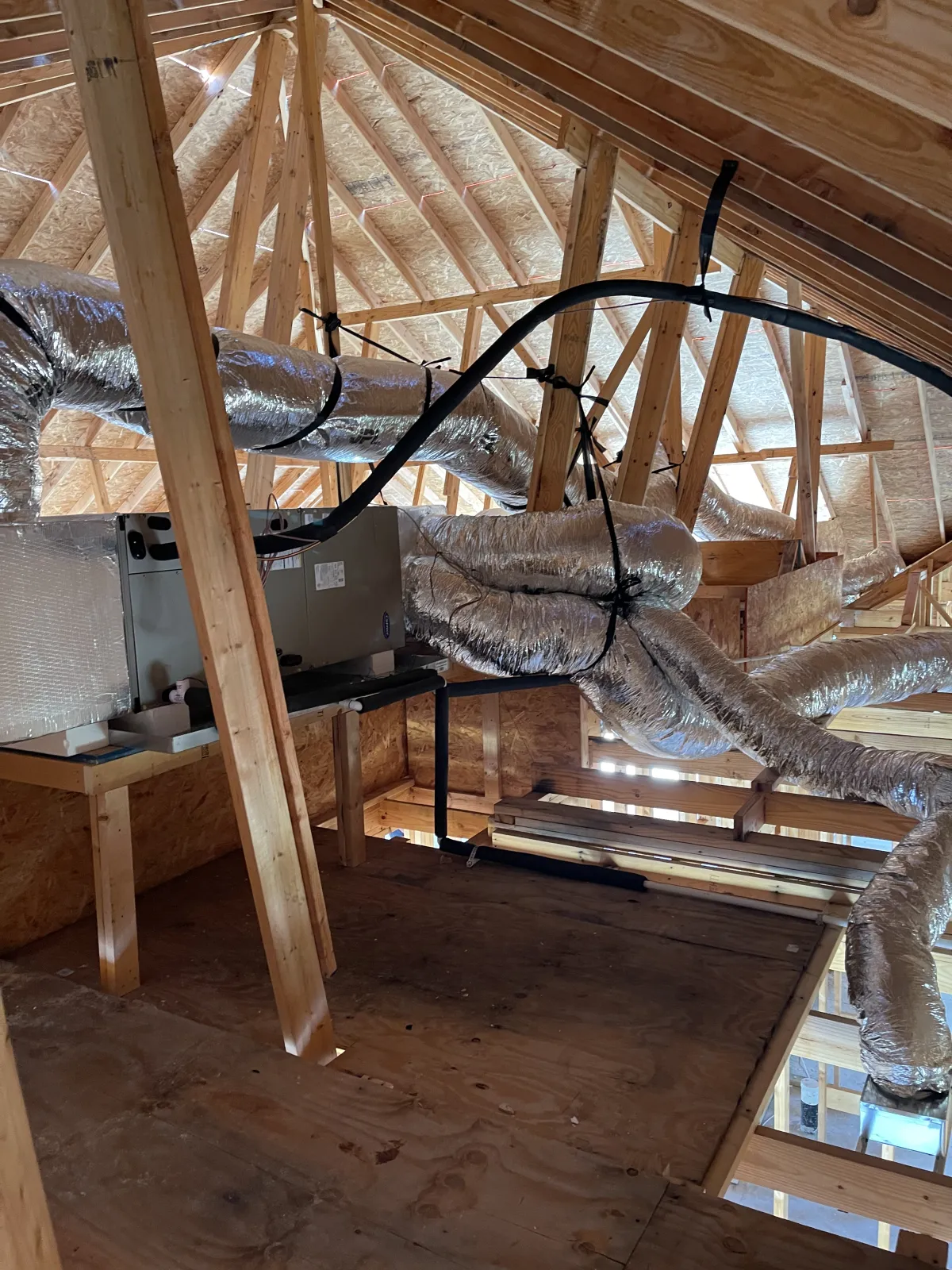
Installs
Repairs FAQ's
Frequently Asked Questions About Repairs
Q: How often should I replace my air conditioning system?
A: It is generally recommended that you replace your air conditioning system every ten to thirteen years. However, this may vary depending on the specific model and make of your system, as well as how often it is serviced.
Additionally, some systems may require more frequent replacement due to wear and tear. If you are unsure about how often you should replace your system, consult a professional.
Q: What are some signs that I need to replace my air conditioning system?
A: There are several signs that indicate it may be time to replace your air conditioning system. For example, if your system is more than seven years old, it may be less energy-efficient than newer models. Additionally, if your system is making strange noises or leaking, it may be time for a replacement. If you are unsure whether or not you should replace your system, consult a professional.
Q: What are some common mistakes people make when replacing their Air Conditioning System?
A: There are several common mistakes people make when Replacing their air conditioning system. For example, some people try to save money by Replacing the system themselves. However, Replacing an air conditioning system is a complex process that should be done by a professional. Additionally, some people choose the wrong size of system for their home, which can lead to issues with performance among other problems. If you are unsure about Replacing your system, consult a professional.
Q: How can I tell if my Air Conditioning System is low on freon?
A: If your air conditioner is low on Freon, you may notice that it is not cooling your home as effectively as it used to. The compressor may also run for a longer period of time than usual, and the unit may make a hissing or bubbling noise. If you suspect that your air conditioner is low on Freon, you should contact a qualified technician for service.
Q: Is It worth replacing my old Air Conditioning System?
A: Replacing an old air conditioner can be a great way to improve the efficiency of your home’s cooling system. Newer models are much more energy-efficient than older models, so replacing an old unit can save you money on your energy bills.
Additionally, newer air conditioners often come with features that can improve your comfort, such as better humidity control. If your old air conditioner is no longer working efficiently or effectively, replacing it may be the best option.
Q: What's the difference between a properly air balanced home and one not?
A: The air in a properly air balanced home is not too moist or too dry, and it's free of drafts. The temperature is also comfortable year-round. A home that's not air balanced may have a number of problems, including:
- Hot and cold spots
- Humidity issues
- Drafts
-Uncomfortable temperatures
If you're having any of these problems, it's a good idea to contact a professional to help you balance the air in your home. They can help you identify the causes of your problems and find the best solutions.
Contact Us
Service Hours
Social Media
2023 Sponsored By Digital Frontier CRM
Regulated by the
Texas Department Of Licensing & Registration
PO Box 12157 Austin, Tx 78711, 1-800-803-9202
Tx License # TACLB31732C | All Rights Reserved

Powered By: Digital Frontier CRM
How It Works

Step 1
Take Photos With Your Phone if you can, and submit your information over!!
Step 2
Once received, we will work on a quote and be in touch right away!! If we need more information, we will be in contact.
How Repairs Works
The process of replacing an old air conditioning and heating system with a new one is not as simple as just uninstalling the old unit and installing the new one. In fact, the process can take up to a full day, depending on the condition of the existing unit and the complexity of the installation.
When our team arrives on site, the first thing we do is remove all the old, existing parts of the unit in a clean and formal manner, without leaving any signs of demolition or construction. We then professionally install the new equipment according to city compliance codes and start it up to check for proper operation before leaving your residence.
You can feel safe and secure knowing that when we leave, you will have superior humidity, heating, and cooling control for years to come. So if you're in need of a new AC or heating system, don't hesitate to give us a call! We'll be happy to help.
Cost of Air Conditioning Replacements
The Industry has been effected by many obstacles in the past couple years. We have strived to keep our prices down, to help the everyday, average person to afford efficient cooling an heating in their homes. We will continue to provide quality installs, imbedded with unsurpassed craftsmanship that can only be obtained with 50+ combined years of experience and dedication to our customers.

The cost of air conditioning replacements can vary depending on the type of system you have and the size of your unit. However, J Mechanical Air Conditioning Services offers competitive pricing and will work with you to find a solution that fits your budget. We understand the importance of having a functional and efficient AC or Heat Pump System, so we will do everything we can to ensure that you are satisfied with our services.
Located in Elgin, Texas
~ Contact us today to learn more about our
Bryant Heating And Cooling Systems
cost options.
Thank you for choosing J Mechanical AC Services!
Meet Your Technician
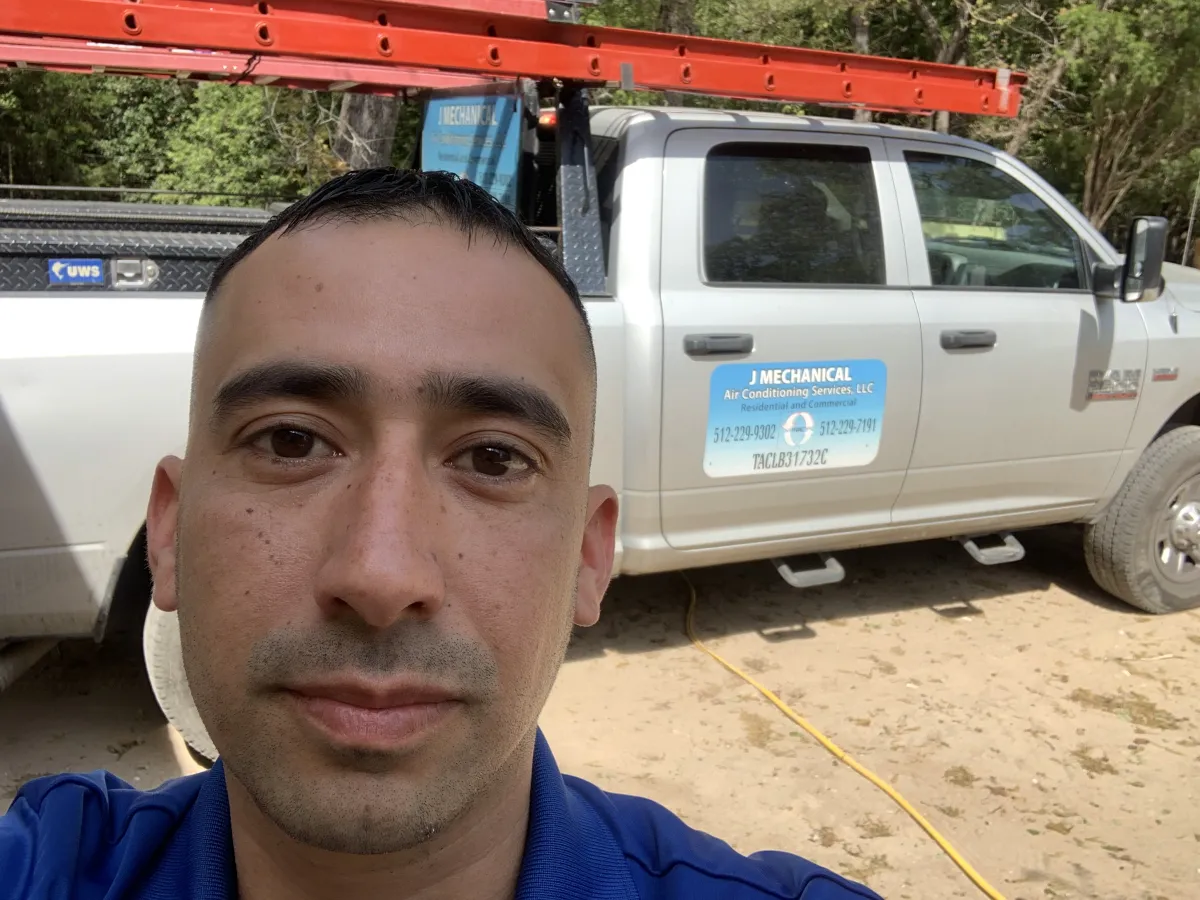
Owner
J Mechanical Air Conditioning Services LLC Specializes In:
Repairs

Replacements

Installs

Repairs FAQ's
Frequently Asked Questions
About Repairs
Q: How often should I replace my air conditioning system?
A: It is generally recommended that you replace your air conditioning system every ten to thirteen years. However, this may vary depending on the specific model and make of your system, as well as how often it is serviced.
Additionally, some systems may require more frequent replacement due to wear and tear. If you are unsure about how often you should replace your system, consult a professional.
Q: What are some signs that I need to replace my air conditioning system?
A: There are several signs that indicate it may be time to replace your air conditioning system. For example, if your system is more than seven years old, it may be less energy-efficient than newer models.
Additionally, if your system is making strange noises or leaking, it may be time for a replacement. If you are unsure whether or not you should replace your system, consult a professional.
Q: What are some common mistakes people make when replacing their Air Conditioning System?
A: There are several common mistakes people make when Replacing their air conditioning system. For example, some people try to save money by Replacing the system themselves. However, Replacing an air conditioning system is a complex process that should be done by a professional.
Additionally, some people choose the wrong size of system for their home, which can lead to issues with performance among other problems. If you are unsure about Replacing your system, consult a professional.
Q: How can I tell if my Air Conditioning System is low on freon?
A: If your air conditioner is low on Freon, you may notice that it is not cooling your home as effectively as it used to.
The compressor may also run for a longer period of time than usual, and the unit may make a hissing or bubbling noise. If you suspect that your air conditioner is low on Freon, you should contact a qualified technician for service.
Q: Is It worth replacing my old Air Conditioning System?
A: Replacing an old air conditioner can be a great way to improve the efficiency of your home’s cooling system. Newer models are much more energy-efficient than older models, so replacing an old unit can save you money on your energy bills.
Additionally, newer air conditioners often come with features that can improve your comfort, such as better humidity control. If your old air conditioner is no longer working efficiently or effectively, replacing it may be the best option.
Q: What's the difference between a properly air balanced home and one not?
A: The air in a properly air balanced home is not too moist or too dry, and it's free of drafts. The temperature is also comfortable year-round. A home that's not air balanced may have a number of problems, including:
- Hot and cold spots
- Humidity issues
- Drafts
-Uncomfortable temperatures
If you're having any of these problems, it's a good idea to contact a professional to help you balance the air in your home. They can help you identify the causes of your problems and find the best solutions.

2023 Sponsored By Digital Frontier CRM
Regulated by the
Texas Department Of Licensing & Registration
PO Box 12157 Austin, Tx 78711,
1-800-803-9202
Tx License # TACLB31732C |
All Rights Reserved















